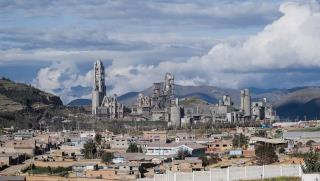Cement is at the forefront of the fight against climate change. Rather than succumb to the doom-mongers, we see this as a golden opportunity for the industry to embrace the decarbonisation challenge, contribute to society and improve returns into the bargain. It will take time and money, but the solutions are out there for innovative leaders to prosper in a net zero world. By Paul Roger, Exane BNP Paribas, UK.
The cement industry is responsible for seven per cent of global CO2 emissions. It released 570Mt of the greenhouse gas last year. That is equivalent to driving an old car to the moon and back 4000 times and makes it the second-most polluting industry after steel. Progress in addressing the issue has been slow. CO2 intensity has only fallen 16 per cent since 1990.
If it does not cut emissions further and faster in coming decades, the industry will face an existential threat. Standing still is not an option. Over 30 jurisdictions have already introduced carbon taxes (see Figure 1) and more will follow. The United Nations estimates a US$100/t carbon price may be needed to stop global temperatures rising by more than 1.5˚C. At current CO2 intensity this could add US$80/t to cash production costs. It is a daunting headwind when you consider global cement prices only average around US$85/t today.
